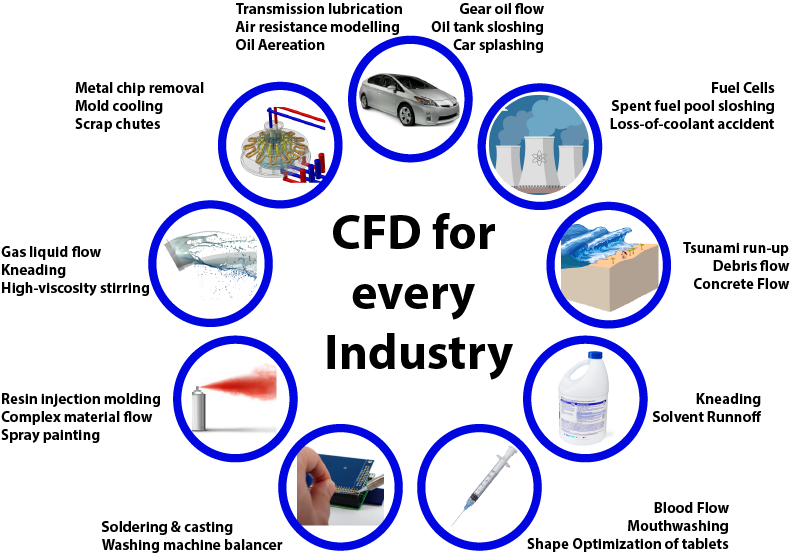Introduction:

As computational fluid dynamics (CFD) continues to revolutionize engineering design and analysis, staying ahead of the curve means understanding the challenges and anticipating future trends. In this SEO-optimized blog post, we delve into the key obstacles facing CFD practitioners today and explore the exciting directions that research and development are taking.
Challenges Facing CFD:
- Complexity in Modeling: The increasing complexity of engineering systems demands more sophisticated CFD models. Challenges arise in accurately capturing phenomena such as turbulence, multiphase flows, and fluid-structure interactions.
- Computational Resources: High-fidelity simulations require significant computational resources, presenting challenges in terms of cost, time, and accessibility, particularly for small and medium-sized enterprises.
- Validation and Verification: Ensuring the reliability of CFD results through validation and verification against experimental data remains a persistent challenge, especially for complex flow phenomena and unsteady regimes.
- User Expertise: Despite advancements in user-friendly software, mastering CFD analysis still requires a deep understanding of fluid dynamics, numerical methods, and software operation, limiting its accessibility to non-experts.
Future Trends in CFD:
- Machine Learning Integration: The integration of machine learning techniques into CFD workflows holds promise for enhancing model accuracy, accelerating simulations, and automating the optimization process.
- High-Performance Computing (HPC): Continued advancements in HPC technology will enable faster simulations and larger-scale modeling, making high-fidelity CFD accessible to a broader range of industries and applications.
- Multiphysics Simulations: The convergence of CFD with other physics domains, such as structural mechanics and electromagnetics, will enable comprehensive multiphysics simulations, providing deeper insights into complex engineering problems.
- AI-Driven Design Optimization: AI-driven design optimization algorithms will revolutionize the engineering design process by automatically generating and evaluating design alternatives based on CFD simulations, leading to more efficient and innovative designs.
Conclusion:
Despite the challenges that CFD research and development face, the future holds immense potential for innovation and advancement. By addressing current obstacles and embracing emerging trends, CFD practitioners can harness the power of computational fluid dynamics to tackle complex engineering problems and drive technological progress forward.
For more insights on CFD research and development, stay tuned to our blog for future updates and analyses.
